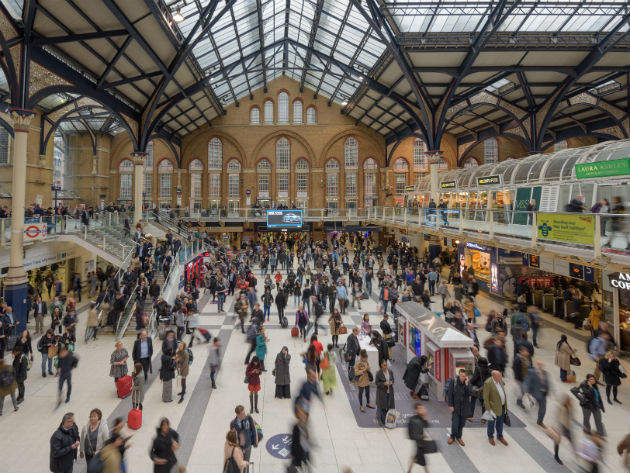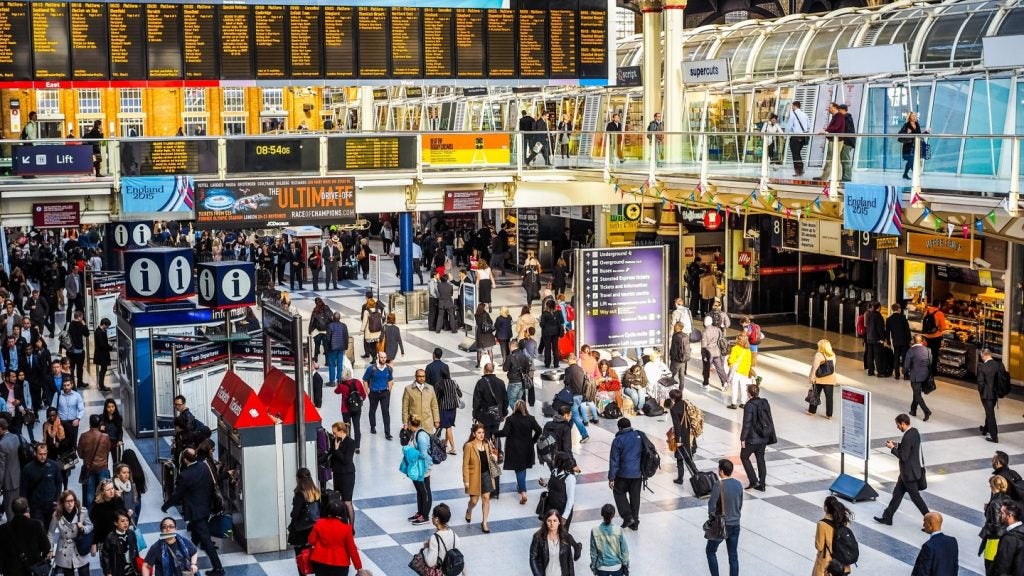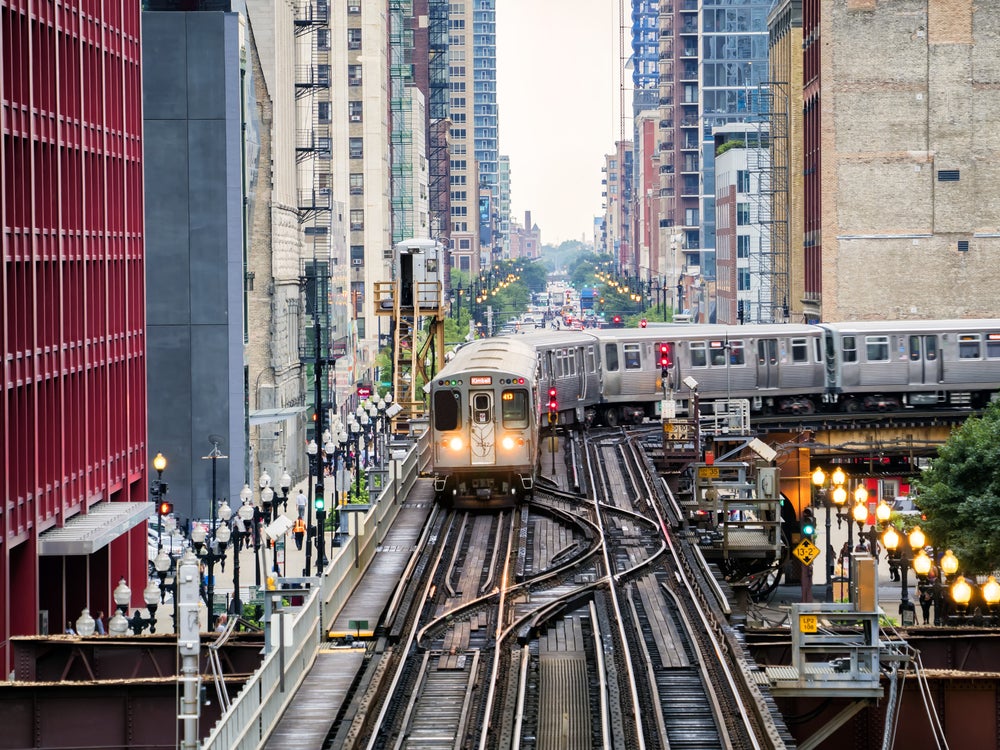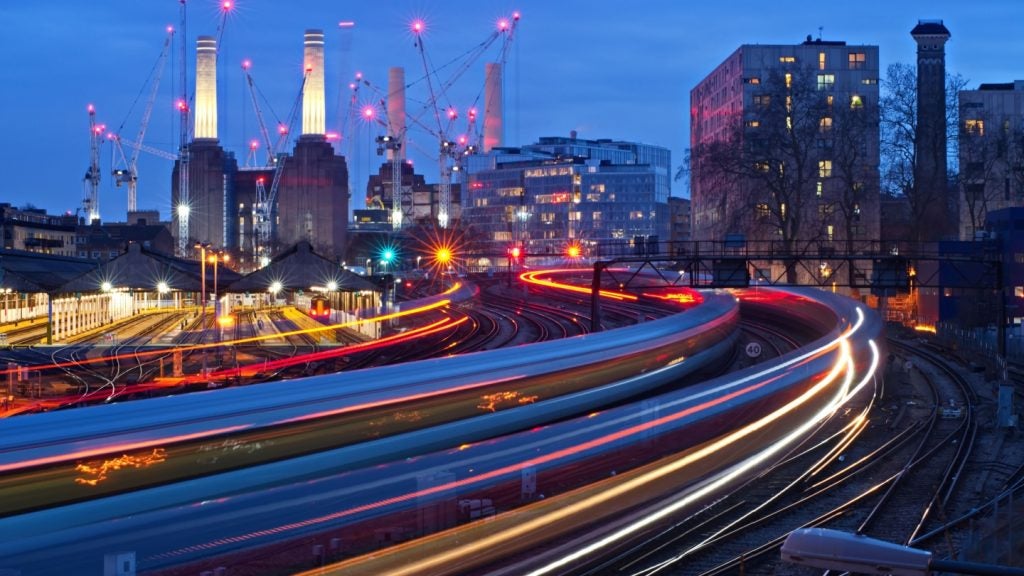

At the Tower of London, the likes of Network Rail (NR), Transport for London, British Transport Police, First Rail, Arriva Trains and Docklands Light Railway thrashed out the details of what UK rail can collectively term as a to-do list of improvements.
The event, Delivering Innovation in Rail: The Connected Passenger, was organised by Panasonic, which last year acquired technology integration specialist ADComms, a Network Rail client.
“On a transport level, we've worked in the aviation and the automotive sectors,” says Tony O’Brien, managing director for Panasonic Systems Solutions Europe. “We see rail as the next big area for us. Why? Because its use of technology is low.”
As outlined at the event, Panasonic’s nine key innovation priorities for rail are, in order of importance: how to make customer decision making better in real time; how to dynamically change capacity; how to keep our railways safe for people; how to ensure the ticketing system is seamless for the entire journey; how to change the culture to test ideas and minimise risk; how to incentivise franchises to implement innovation and not be commercially penalised; how to enable innovation rather than just workshopping it; how to give operators room to differentiate whilst also providing consistency for customers; and, how can we ensure that the connected driver advisory system (CDAS) is compatible with traffic management?
It’s by no means an exhaustive list, but, as O’Brien notes: “We needed to know from the [industry] what is it they want us to fix. The market has to tell you.” Look at point two, says O’Brien. “We need to dynamically change capacity. What does that mean to a tech person? What NR means is, get more trains through the same piece of track.”
How well do you really know your competitors?
Access the most comprehensive Company Profiles on the market, powered by GlobalData. Save hours of research. Gain competitive edge.

Thank you!
Your download email will arrive shortly
Not ready to buy yet? Download a free sample
We are confident about the unique quality of our Company Profiles. However, we want you to make the most beneficial decision for your business, so we offer a free sample that you can download by submitting the below form
By GlobalDataThe priorities list also reflects a mix of short and long-term ambitions.
“Inevitably it's going to be a balance between a long-term game plan [and short term],” explains ADComms managing director Jason Pearce. “We're hoping to evolve the thinking. It's extremely exciting; it's one of the most exciting sectors to play [in]. Rail has such a technology gap [to fill], with huge growth in passenger demand. What an area to bring technology to.”
So, what can be done now, as the sector waits for NR’s Digital Railway programme to really take hold? Look at smart power, suggests Pearce, and trespass warning systems – “they are there and can be deployed today”.
“Smart power is all about capacity management,” he continues. “We've just deployed the first off-grid power solution on the NR main infrastructure – that's a trial we're working on. This is a short-term win, driving more efficiency. Long term, it removes the thinking on how you get to the main power grid.”
O’Brien admits to being “surprised” at how open the rail sector “has been with us”. This, he adds, was not Panasonic’s original expectation; “the perception was it was pretty closed”. “When I look at this piece of work [the list of nine], rail is telling us what it wants.”
In truth, each item on the list merits its own discussion. How, for example, can franchises be convinced to invest in technology when they are operating under a contracted timeframe? And changing the culture of rail? That’s certainly a whole debate in itself.
Nevertheless, “the next stage is really exciting”, says O’Brien.







